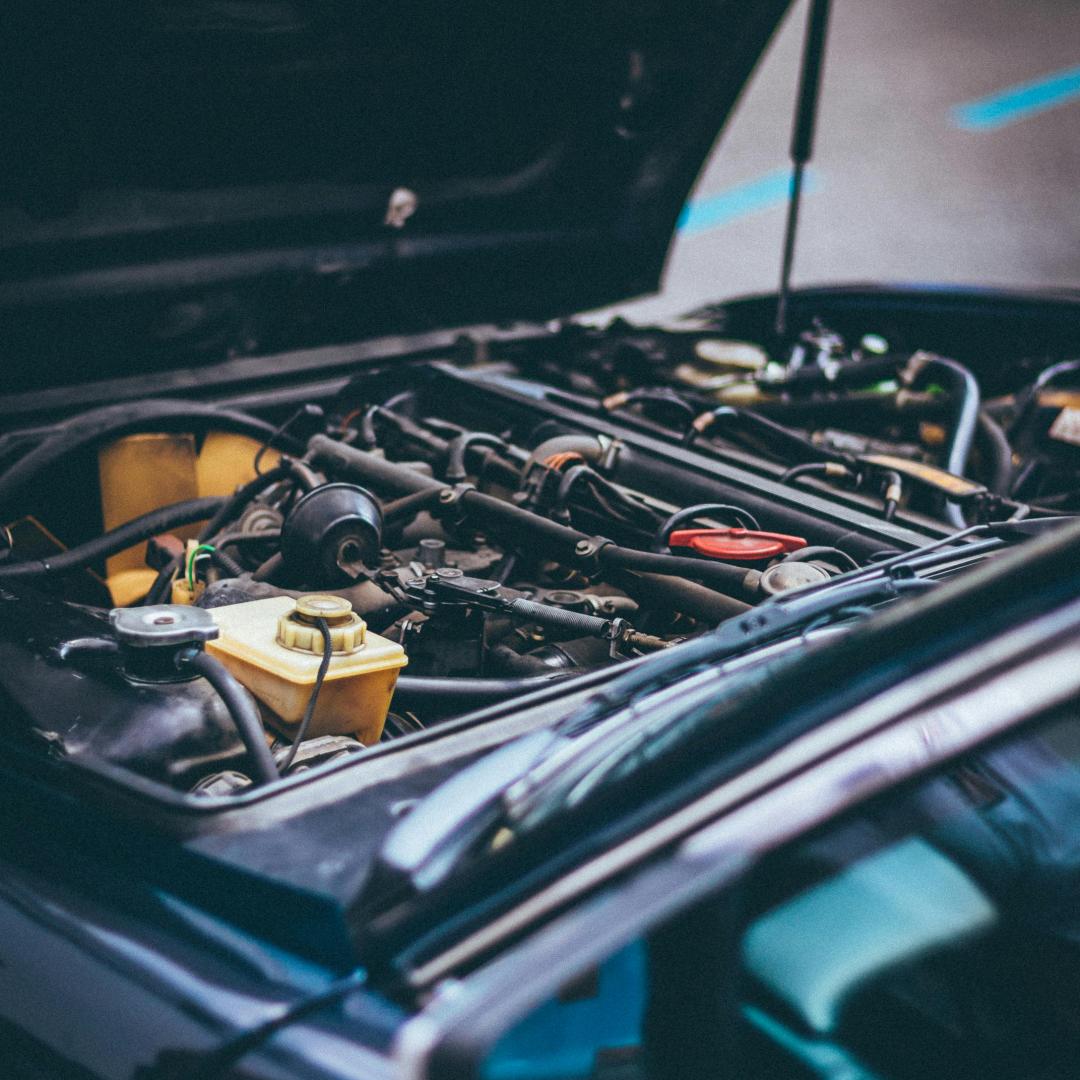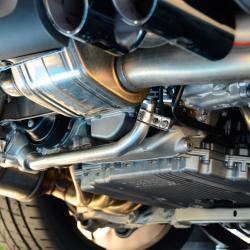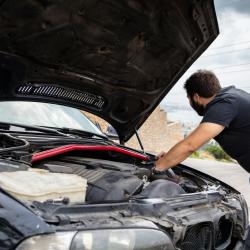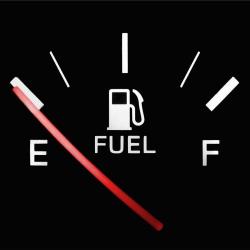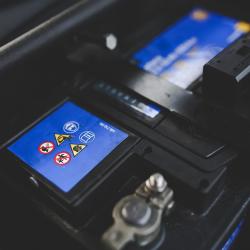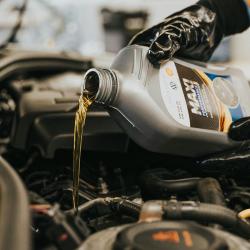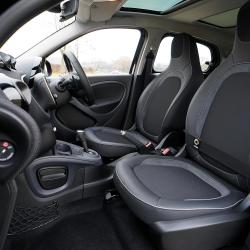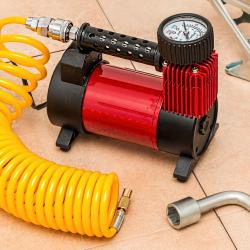How to Perform Basic Car Maintenance to Extend Your Vehicle’s Life
Owning a car provides convenience and freedom, but it also comes with the responsibility of regular maintenance to ensure its longevity and reliability. Performing basic car maintenance not only extends your vehicle's life but can also save you from costly repairs. Here’s a guide on how to carry out some essential car maintenance tasks.
1. Regular Oil Changes
Oil is the lifeblood of your engine. It lubricates the engine's moving parts, reduces friction, and helps dissipate heat. Over time, oil breaks down and becomes contaminated, which can lead to engine wear and tear. It’s recommended to change your oil every 3,000 to 5,000 miles, depending on your vehicle’s specifications and driving conditions. Check your owner’s manual for specific guidelines, and always use the oil grade recommended by the manufacturer.
2. Check and Replace Air Filters
Air filters prevent dirt and debris from entering the engine, which can affect performance and fuel efficiency. A clogged air filter can decrease acceleration and increase fuel consumption. Inspect your air filter every 12,000 to 15,000 miles and replace it if it looks dirty. This is a simple task that can be done at home with minimal tools.
3. Maintain Tire Pressure and Tread
Properly inflated tires improve gas mileage and ensure safe handling. Check tire pressure monthly using a pressure gauge and inflate them to the recommended PSI found in your owner’s manual or on the tire information placard in the driver’s side door jamb. Additionally, inspect tire tread for uneven wear and depth. Consider rotating your tires every 6,000 to 8,000 miles to ensure even tread wear.
4. Inspect and Top Off Fluids
Your vehicle relies on various fluids to operate smoothly. Regularly check levels of coolant, brake fluid, transmission fluid, and windshield washer fluid. Top them off if they’re low, and replace them according to your car’s maintenance schedule. Low or dirty fluids can lead to engine overheating, braking issues, and other mechanical failures.
5. Replace Wiper Blades
Visibility is crucial for safe driving. Wiper blades should be replaced every six months to a year, or as soon as you notice streaking or skipping. This simple task can significantly enhance your driving safety during adverse weather conditions.
6. Test and Maintain the Battery
A well-functioning battery is essential for starting your car and powering electrical components. Inspect the battery terminals for corrosion and clean them with a baking soda and water solution if necessary. Test the battery’s charge with a voltmeter or have it professionally tested during regular service appointments. Replace the battery every three to five years, or when you notice signs of a failing battery, such as dim headlights or slow engine cranking.
7. Inspect Belts and Hoses
Belts and hoses are critical to your engine’s performance. Look for cracks, fraying, or wear on belts, and check hoses for leaks, bulges, or soft spots. Replace them as needed to prevent breakdowns and costly repairs.
8. Keep It Clean
Regularly washing and waxing your vehicle not only keeps it looking new but also protects the paint and prevents rust. Clean the interior to prevent wear and tear on seats, carpets, and dashboard. A clean car can improve your overall driving experience and retain the vehicle’s resale value.
Conclusion
Basic car maintenance may seem daunting at first, but with a little effort and regular attention, you can significantly extend the life of your vehicle. By following these tips and consulting your owner’s manual, you can ensure your car remains reliable and safe for years to come. Investing time in maintenance today can save you from unexpected repairs and expenses in the future, making it a worthwhile endeavor for every car owner.
